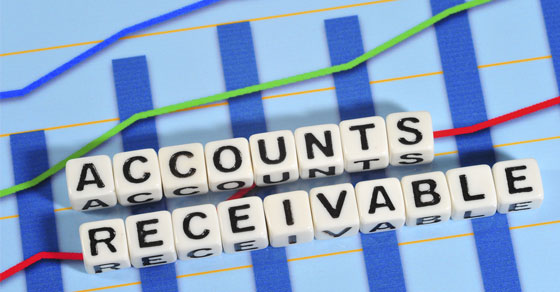Receivables: Quality counts

For many companies, a significant line item on the balance sheet is accounts receivable. But can you take the amount reported at face value, or could there be more to the story? It’s important to dig deeper to understand the quality of accounts receivable. Balances might include stale invoices, bad debts — and even fictitious entries.
Benchmarking receivables
A logical starting point for evaluating the quality of receivables is the days sales outstanding (DSO) ratio. This represents the average number of days you take to collect money after booking sales. It can be computed by dividing the average accounts receivable balance by annual sales and then multiplying the result by 365 days.
Companies that are diligent about managing receivables typically have lower DSO ratios than those that are lax about collections. Companies with relatively high DSO ratios may have accounts of the books that may be overdue by 31 to 90 days — or longer. If more than 20% of receivables are stale, it may indicate lax collection habits, a poor-quality customer base, or other serious issues.
The percentage of delinquent accounts is another critical number. You may decide to outsource these accounts to third-party collectors to eliminate the hassles of making collections calls and threatening legal actions to collect what you’re owed.
Diagnosing fraud symptoms
Accounts receivable also may be a convenient place to hide fraud because of the high volume of transactions involved. Warning signs that receivables are being targeted in a fraud scheme include:
• An increase in stale receivables,
• A higher percentage of write-offs compared to previous periods, and
• An increase in receivables as a percentage of sales or total assets.
In addition to creating phony invoices or customers, a dishonest worker may engage in lapping scams. This happens when a receivables clerk assigns payments to incorrect accounts to conceal systematic embezzlement.
Alternatively, a fraudster may send the customer an inflated invoice and then “skim” the difference after applying the legitimate amount to the customer’s account. Using separate employees for invoicing and recording payments helps reduce the likelihood that skimming will occur, unless two or more employees work together to steal from their employer.
Seeking outside help
Like any valuable asset, accounts receivable needs to be managed and safeguarded. Auditors evaluate receivables as part of their standard auditing procedures, including performing ratio analysis, sending confirmation letters, and reconciling bank deposits with customer receipts.
Contact us if you have concerns about your company’s receivables trends. In addition to conducting surprise audits, we can customize agreed-upon-procedures engagements or forensic accounting investigations that dig deeper.
© 2023
